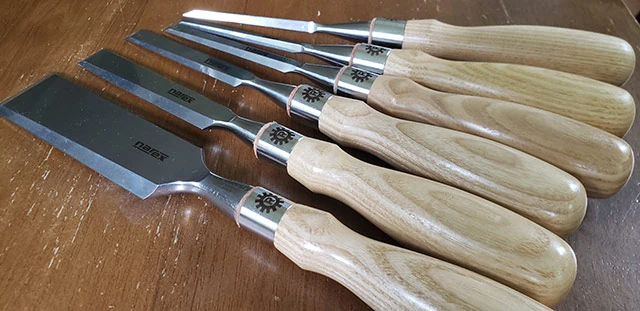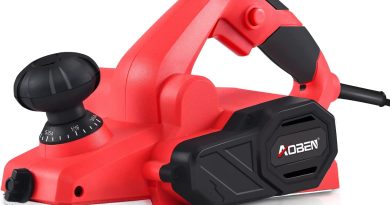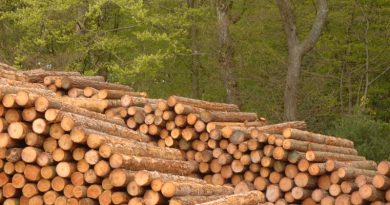Buying a Chisel? Pros and Cons of the Major Chisel Brands (Part 4)
I love to see the development of hand tools in my lifetime. Some of the most inventive new products have come from two Canadian companies Veritas and another new company Blue Spruce. I first saw Blue Spruce’s tools a couple of years ago when I bought one of their beautiful marking knives and that tool is still one of my favorites. it is easy to categorize these tools as boutique tools.
Certainly, they fall into the same lineage as “Gentleman Tools”. These tools made were in the Victorian period for the weekend craftsman often with ebony handles and shiny brass fittings to differentiate them from the tools of the ordinary working man. But we all like shiny and it’s nice having well-made blades and comfortable fitting handles for a change.
I first saw Blue Spruce’s new range of chisels about a year ago when one of my students bought a set of dovetail chisels. Since that time they have brought out a slightly heavier set of bench chisels which I think are more suitable for the furniture maker. Blue Spruce make exceptionally well-engineered products, the backs of the blades are dead flat and the bevels are ground very close to the back of the blade making for good sightlines.
However, they are heavier than the conventional carbon steel blade but lighter than the Lie Nielsen equivalent. The bevel-edged dovetail chisels are slightly different in that they have a very much lighter blade and construction. These tools are not meant for heavy malleting, they can be tickled lightly with nylon hammer but that’s about as far as you could go.
Attractive though these blades are, and they are very attractive handles beautifully turned, the finish is reinforced with a resin that toughens the fibers of the timber. They have been designed and made with quality in mind and that is very pleasing. But these babies would not find a place in my heart, especially the beautiful light bevel-edged blades and pairing chisels.
Why? Well, it’s a matter of function, the function of a blade of this kind is to be able to cut timber to sever the fibers of timber. Rather than choosing a steel like high carbon steel that takes the very keenest edge Blue Spruce has chosen A2 steel. A2 steel holds a very good edge for a very long time especially when it is above 30° honing angle.
However, our tests have shown when we are honing at a lower angle nearer 25 degrees or even below 25 degrees for hand paring the A2 steel does not take as keen an edge as it is possible to get on high carbon and crucible steel blades. So I am sorry to say that I have to stick with the steel bananas.
Other blades that have found a place in our hearts are from Japan, what the Japanese would call dovetailed blades or “Umeki Nomi”. These have the benefit of laminated construction, that heating and hammering that seems to improve the structure of the steel, and unlike most Japanese blades these are thin and well formed with bevels similar to a Western pattern.




